Madruga Works have gone all the way from space colonization on their previous game Planetbase, to the Paleolithic Age now on Dawn of Man. But how well do they exactly fare given the change of scenery?
Type: Single-player
Genre: Strategy
Developer: Madruga Works
Publisher: Madruga Works
Release date: 1 March, 2019

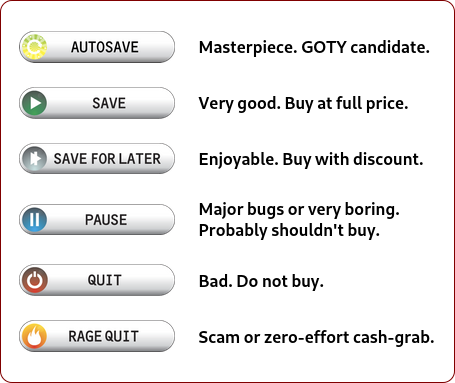
I’ve always been fascinated by management games, no matter if they’re more focused on economics and logistics, or survival and fighting. The thing is, I’ve always found myself enjoying these more if I was just watching them, rather than playing them. I’m not really a strategy person for the most part. It’s almost like when someone really enjoys eating a specific dish, or set of dishes, but they either don’t or can’t go through the trouble of cooking them.
In some strategy games, I end up finding myself overwhelmed by all the things that I have to do and keep tabs on. However, fortunately enough, Dawn of Man seems to hit the sweet spot for me. Made by Madruga Works, the same studio that brought us Planetbase back in 2015, Dawn of Man tasks you with leading an ancient tribe of humans in their fight for survival, right from the early days of Paleolithic Period until the Iron Age.

The game offers two different modes for you to play. There’s a classic Freeplay mode, which is the equivalent of an endless mode, that offers three separate scenarios that involve distinct challenges, and it also allows you to choose from different starting locations on the map. Then there are challenges, which are unique scenarios that introduce different gameplay dynamics, like leading a herd for mammoths to safety or building an ancient Temple of the Sun. On top of that, the game also supports Steam’s Workshop, which lets you play player made scenarios. Both Freeplay and Challenges require you to unlock further content by playing the game and achieving milestones. Getting these, however, is not particularly challenging, as they’re just more of a way to measure your progress, which is rather slow if I might add, but we’ll get to that later.
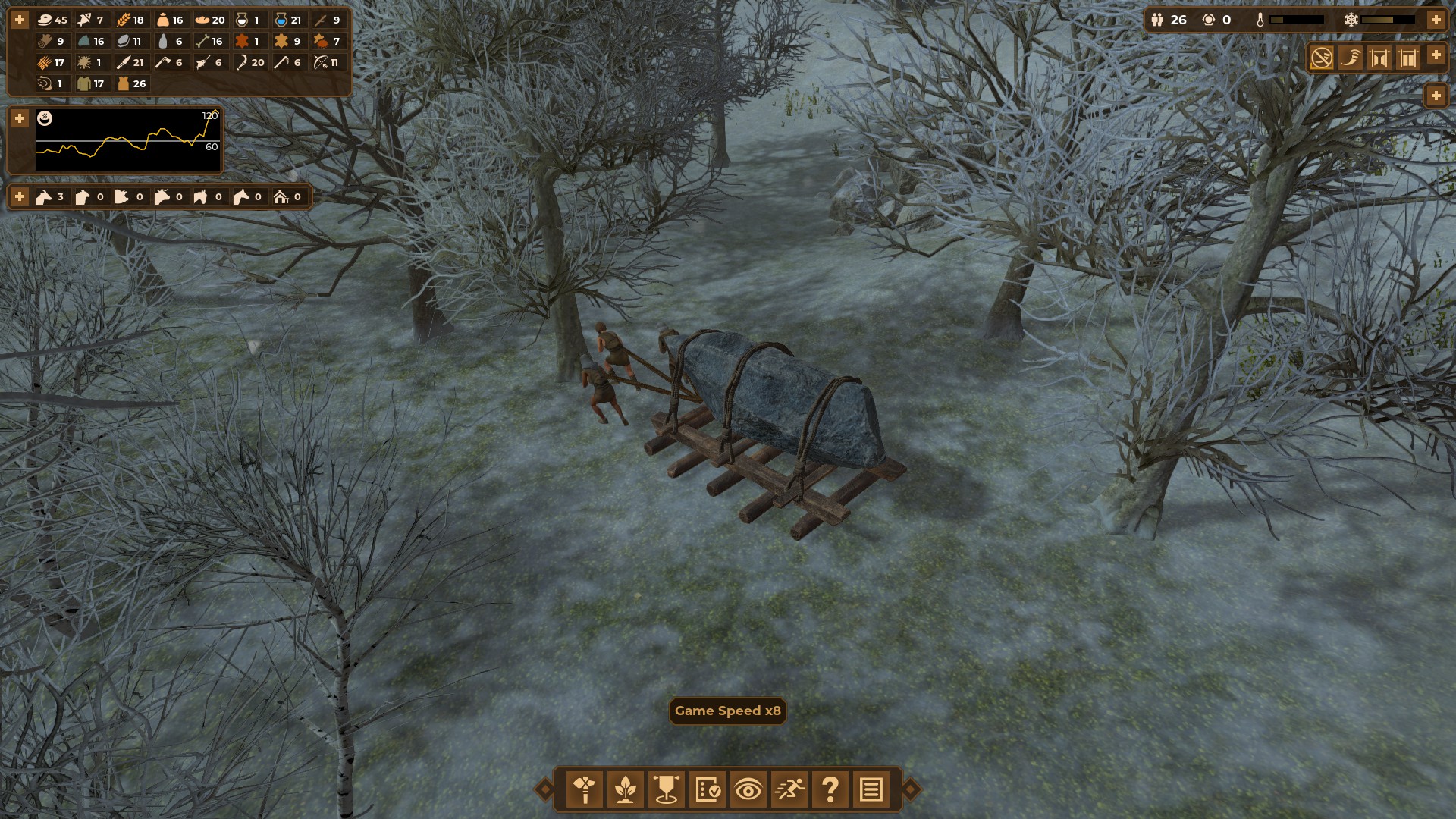
Dawn of Man’s core gameplay mechanics are not really unique nor groundbreaking, but that doesn’t mean that the game should be ignored. For starters, I believe it features a time period that is severely unexplored in gaming, the early days of Humankind. Although this setting might not provide the most optimal framework for a diverse set of gameplay dynamics, Dawn of Man manages to incorporate this time period pretty well into the game’s progression system and timeline, in a way that all game systems persist in a cohesive manner throughout the advancement of the various eras.
From the start of the game until the very end, and here I’m referencing the end of technological progress in the game via the tech tree, the game might give you different resources, buildings, and tools, but its foundations remain unchanged. In a way, this makes it so that players do not really need to learn anything new as time goes on, but it also means that you might not feel like you’re progressing sometimes, even though you are, albeit rather slowly.
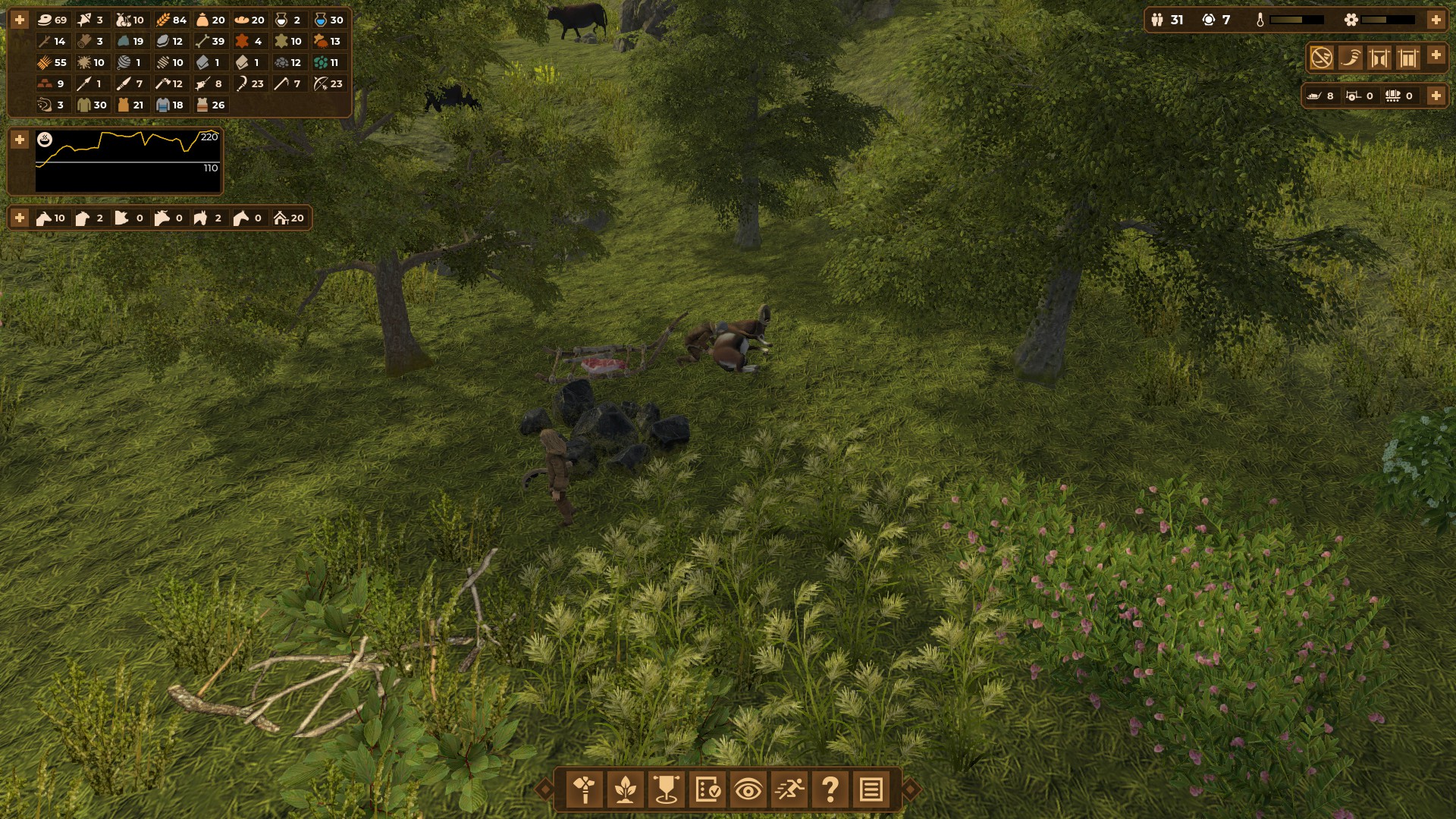
As with any other game in this genre, Dawn of Man is all about surviving and expanding. You might start off picking berries and hunting the local wildlife, but soon enough you’ll be relying solely on the produce of your farms and the animals within your stables. Likewise, you’ll also go all the way from using bones and wood to make deadly and relying tools, to smelting iron and forging steel weapons and utensils. It’s what you’d expect to see, given the historical context.
There’s something really mesmerizing about watching your people go to work every day, as each season goes by and you slowly attract more people to your community and your village steadily expands its borders. Speaking of which, seasons play a vital role in the game, as some food can only be harvested during Spring and Summer, which forces you to stockpile on food for the Winter. You also need to take your time and develop redundancies, as diseases can infect your crops and animals, and raiders can also come along and kill your cattle if you’re not careful.

As a whole, Dawn of Man feels like it was made to appeal two sets of people that usually tend to stay away from each other. This is thanks to the fact that the game allows you to automate pretty much everything. This makes it so that both people who enjoy micromanagement and those that do not, can play the game without wishing that the game could’ve been handled differently in those aspects.
This is possible mainly thanks to two different aspects. First, you can establish work areas, which are essentially zones where you can assign a specific number of workers to gather certain resources. And second, the game has a limit feature that lets you limit the production or the amount of a set resource that you can have at all times. You can set this limit either to a number or to the equivalent of a percentage of your population. For example, this is particularly useful when figuring out how many tools and clothing you want to have at all times. Furthermore, crafting also works in the same way, in the sense that you can make it so that your workers will craft a specific item continuously, instead of you having to manually do it yourself.
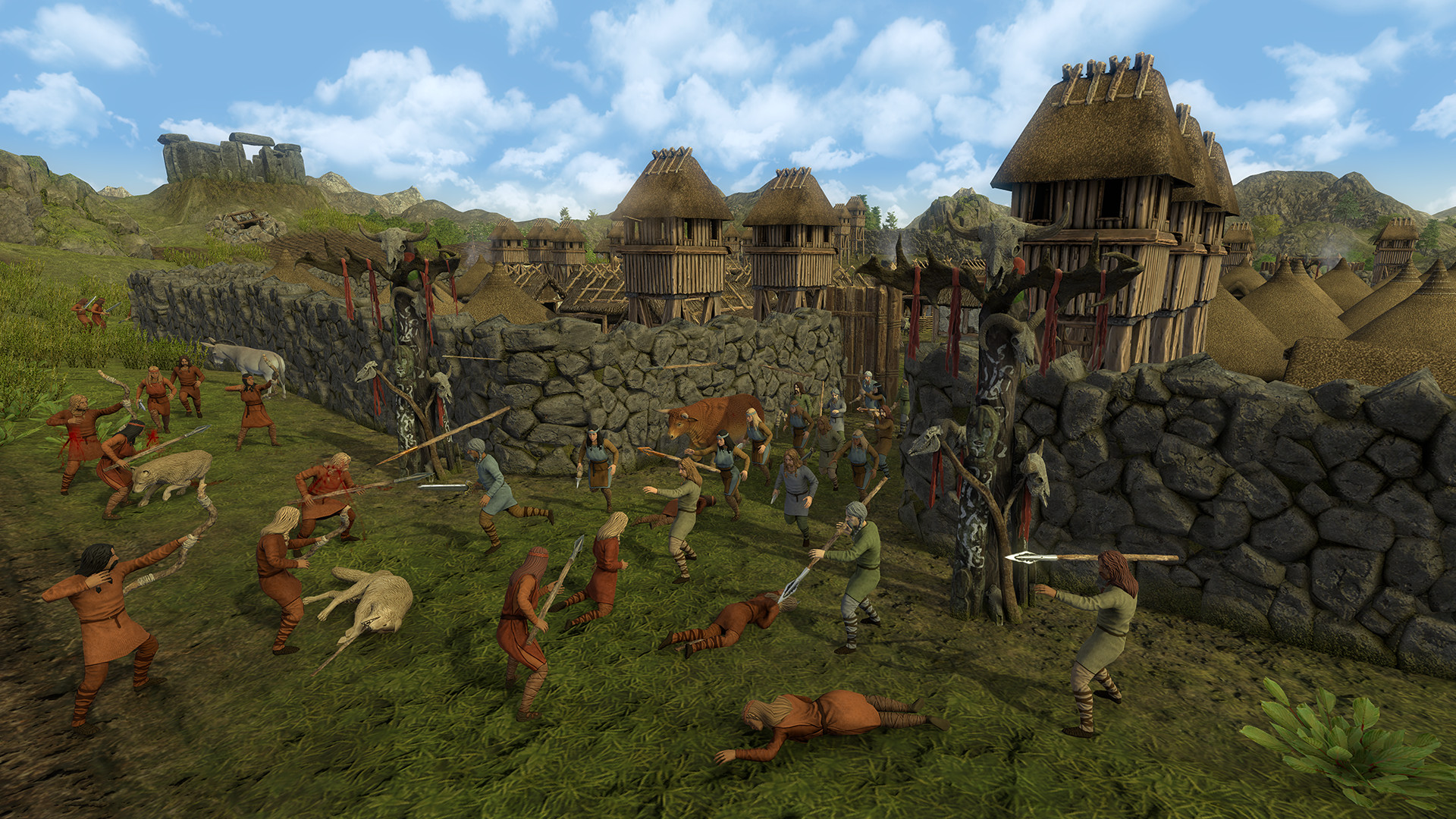
The game feels pretty complete as far as mechanics and player tools, but there’s one thing that I’d really like to be added to the game, and that would be the ability to automatically center your camera on your village. If you move your camera around to explore, and if you lose track of where you initially came from, it can be difficult to locate your village again, mainly due to the huge size of the maps.
Unfortunately, there’s another thing about Dawn of Man that I should mention, because it seems to be a major drawback for a lot of people, and that’s the fact that there can be times where there isn’t really anything interesting going on. You’re just either watching the time go by until you get enough technology points to research something new, or you’re waiting for some resource grinding. I realize that this is something that affects a lot of these games, mainly due to the inevitability of resource grinding, but I still wish there was something that managed to grab your attention at all times. In this case, given that you only get tech points by trading for expensive research, or every time you achieve crafting, building, or hunting milestones, later down in the game, it can take a while before you gather the necessary points to research a certain technology.
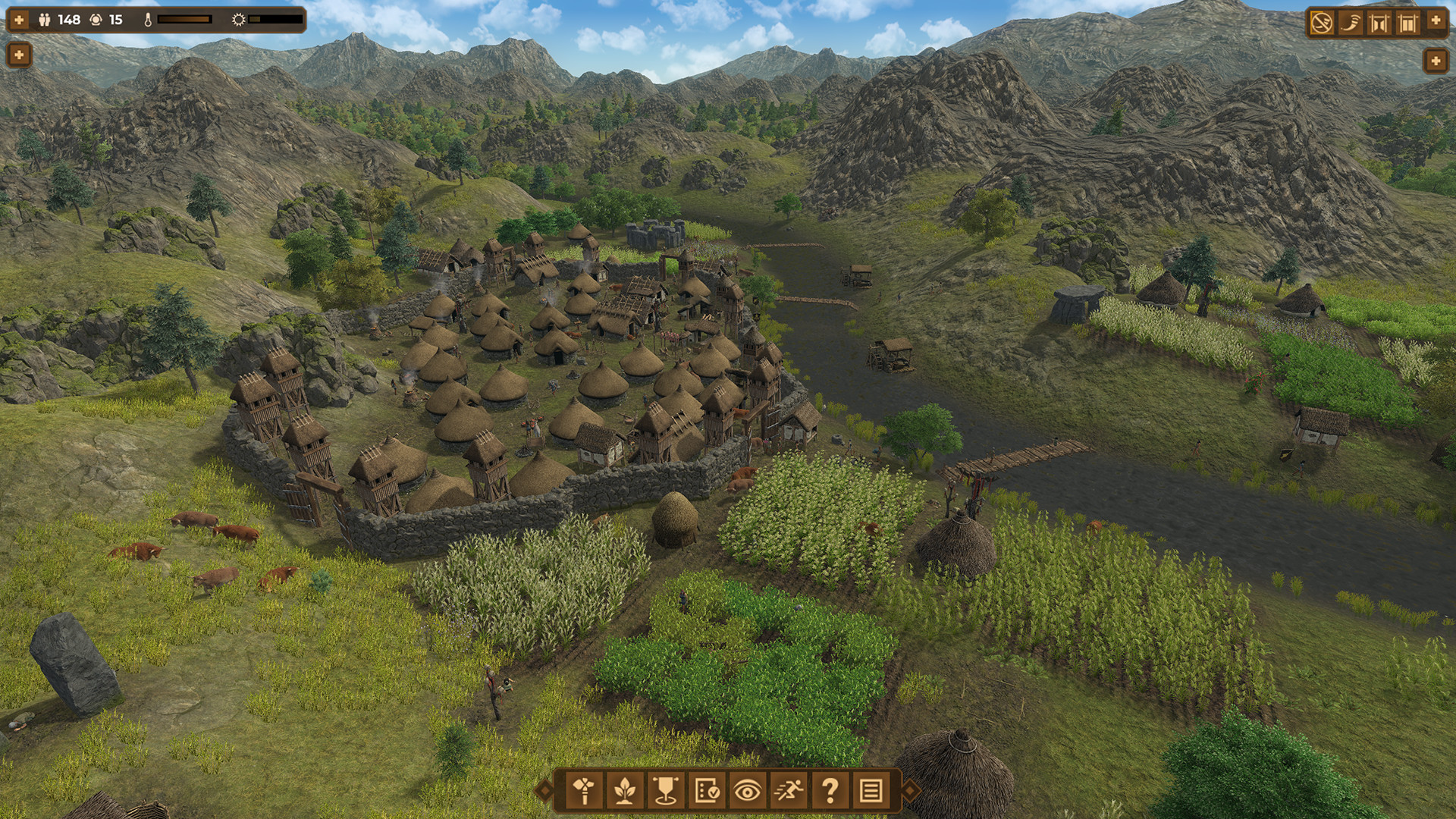
However, despite everything, I have a feeling that Dawn of Man might not offer enough fresh things to do for a lot of people. After all, once you reach the Iron Age and unlock every technology, you’ve pretty much seen it all. After that, all you can do is play other scenarios and challenges, or change difficulty mode, but it’s not really like the game’s mechanics will change. At most, the way you play will only change in terms of where you build things, given the different landscapes that can go from using a river as a natural border for your village or taking cover in the middle of a valley. If there’s one game that also echoes these feelings, I guess that game would be Banished. So, if you ever played that and did or didn’t like it, I guess that the same logic could also be applied here.
Nonetheless, unfortunately, or fortunately for me, I’ve found myself losing track of time when playing this. Thanks to the ability to speed up time, time can really fly if you’re not paying attention to the clock. It reminds me of the times when I first got into Civilization, where I’d say I was going to play for one or two hours, and next thing I know, I was already on the 4 to 5 hour mark.
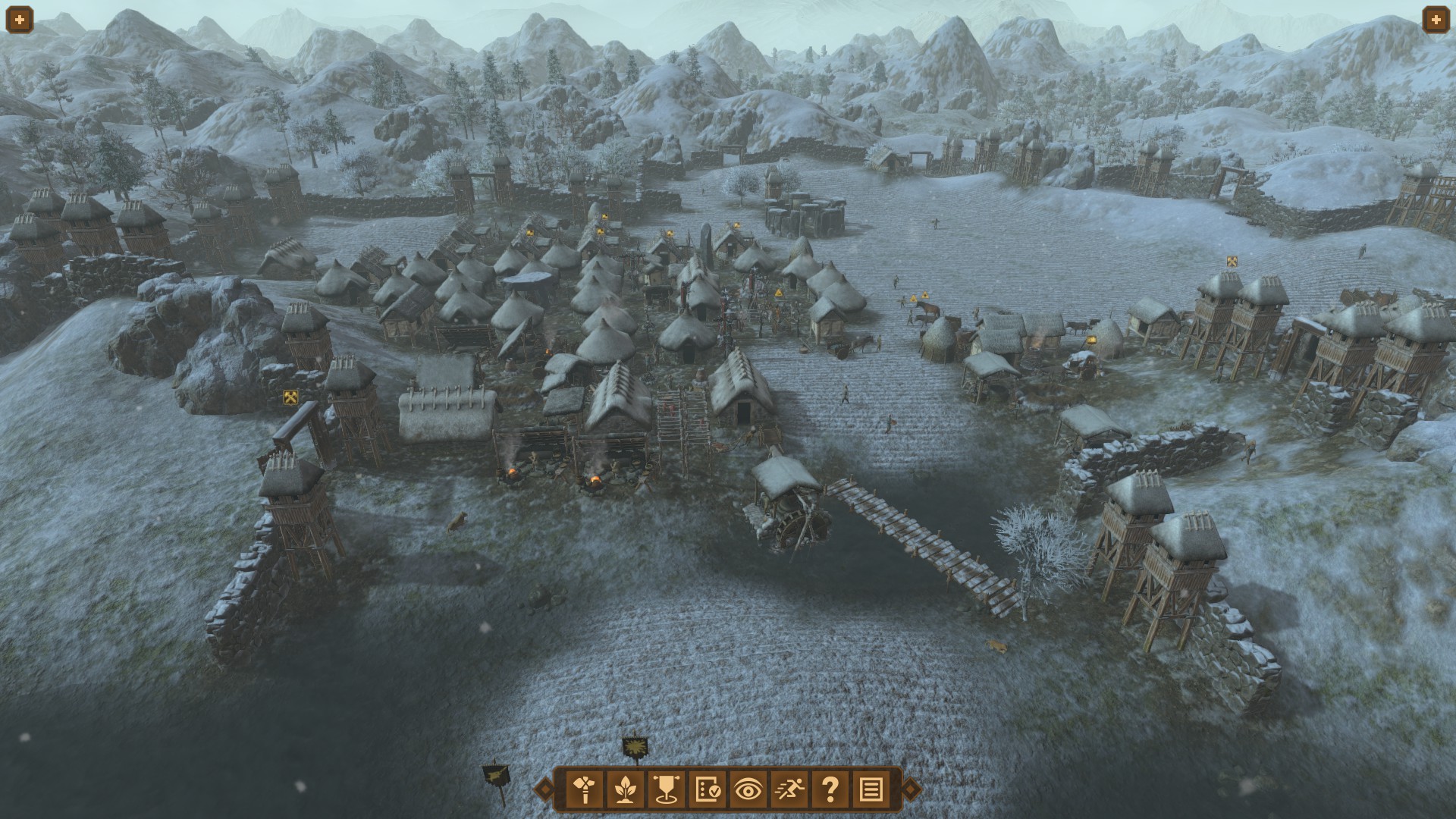
As far as difficulty goes,Dawn of Man manages to offer a compelling experience both to casual and hardcore crowds. I’ve spent most of my time with the game playing on Normal, and I have to say that I found it to be quite easy, but also extremely relaxing. On the other hand, Hardcore provides a greater challenge, and you should choose this mode if you’re looking to test yourself. With that said, the game’s tutorial is pretty simplistic, thus missing some crucial information, so you’re expected to take your time and go through the game’s tooltips and learn for yourself how the game really works.
Verdict
Overall, I think that Dawn of Man is a pretty solid game, given what it promises to deliver. It’s not groundbreaking, as it prefers to play rather safely by following the trends of the genre, but it offers a competent gameplay experience in a historical setting that we do not see that often. While I don’t think that this a MUST BUY, I also don’t think that this is a title that you should stay away from if you like this genre. For the price, I’d say it’s worth it.

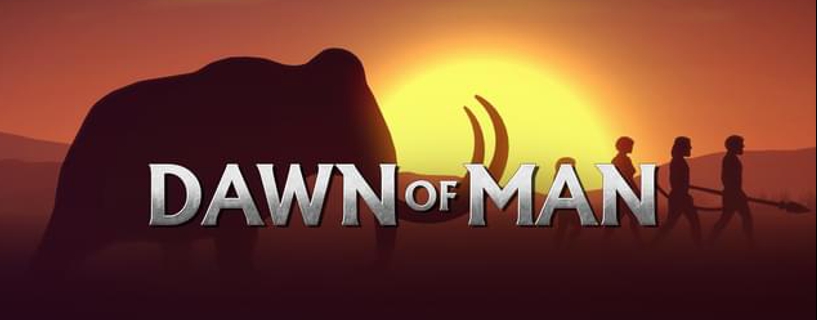
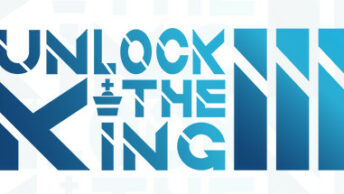
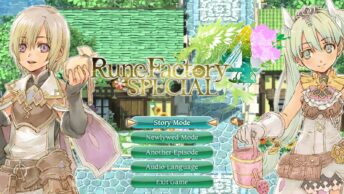
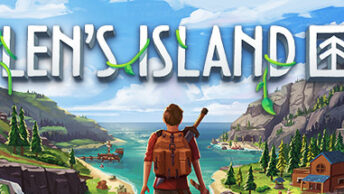

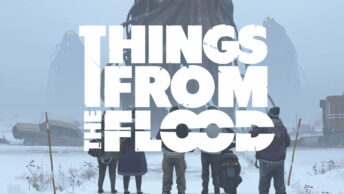
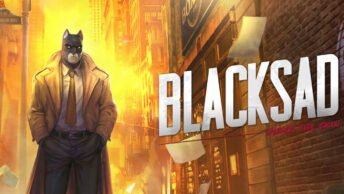



Dawn Of Man Updates
Nautical Update
1. Raft. Materials: logs + linen
2. Leather canoes. Material: leather + sticks + linen
3. Wooden pirogue dug with the help of fire. Materials: logs + sticks
4. The dock (half for production, half for the storage of leather canoes and wooden pirogue. Not for the rafts.)
5. Fishing house
Nature Update
1. Fish (already existing in fishing game) visible in rivers and lakes (please see pond from Stronghold 2 game)
2. The vultures (already existing in the game) attack domestic young animals (goats, lambs, pigs)
3. Snakes, crocodiles (attack humans and animals across rivers and on the edge of the lakes)
4. Medicinal plants for humans / animals
Combat 2 Update
1. The fighting cart with a only fighter / horse. Materials: logs + leather + sticks
2. The fighting cart with two fighters / two horses. Materials: logs + iron + sticks
3. Horsemen
Transport Update
1. Transport of megaliths with horses or donkeys with a higher traction speed than that of humans
2. Stretcher with animal traction (intermediate version between the sled and the civil cart with single traction)
3. Civil cart with double traction (horse or donkey)
Various Technology Updates
1. The potter (the potter’s wheel)
2. Trading post (traders come to a place chosen by the player)
3. Fishing net (not fish trap). Fishing net it s next level.
Think about how beautiful the game would be if all of the above came true.
If my proposals are to stir up interest, I will come back with more details.